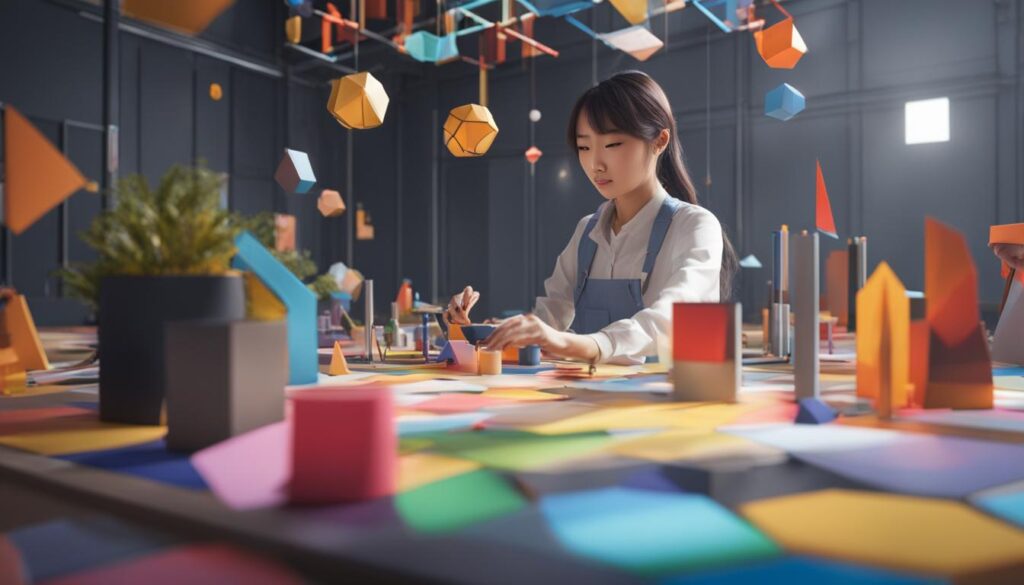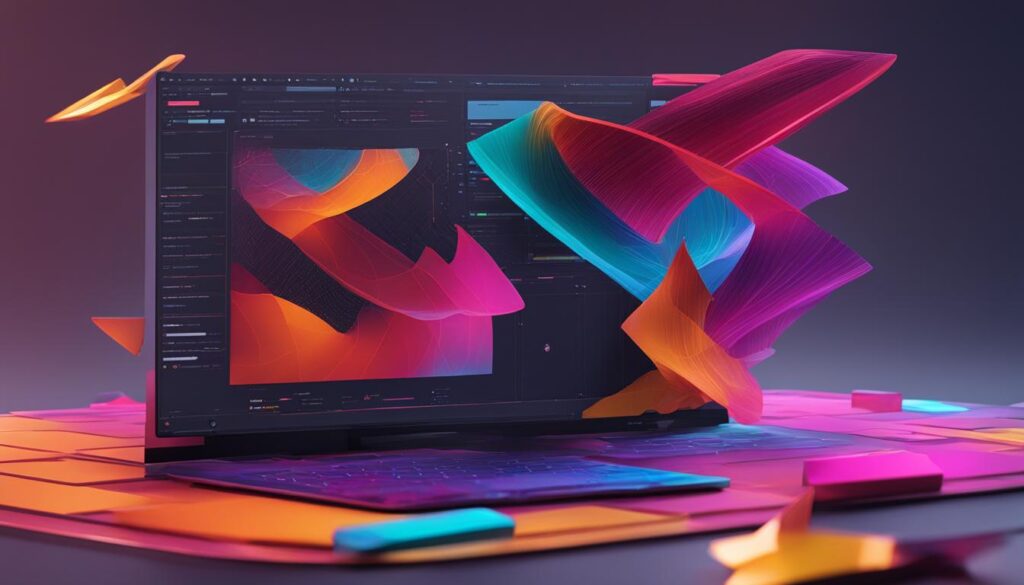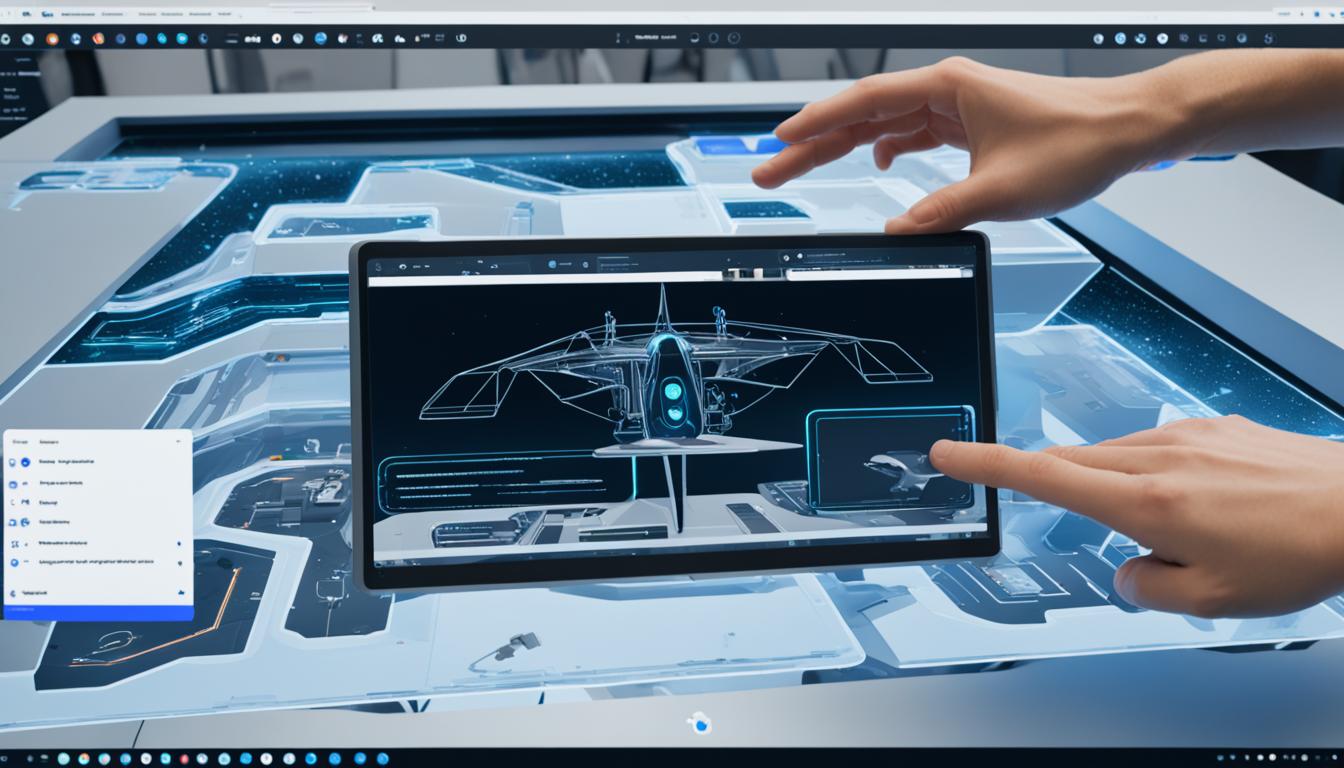Did you know that OpenAI’s latest innovation, Sora, can transform short text descriptions into stunning and lifelike 3D model videos?
OpenAI Sora is an innovative video modeling software that harnesses the power of artificial intelligence to generate high-definition video clips based on simple text prompts. With its striking photorealism and the ability to produce longer video clips up to one minute in length, Sora is revolutionizing the field of video creation.
Unlike its competitors, Sora excels in maintaining temporal consistency, even when objects are occluded or leave the frame. This means that the videos generated by Sora have dynamic camera motion and flow seamlessly. Sora combines diffusion models and transformers, leveraging its training on diverse types of videos and images.
Whether you want to create videos based on text prompts, extend the duration of existing videos, or transform the style and environment of a video, Sora has got you covered. It can even simulate aspects of the physical and digital world, ensuring 3D consistency, long-range coherence, and object permanence.
Table of Contents
- 1 How Sora Works
- 2 Implications and Concerns
- 3 Conclusion
- 4 FAQ
- 4.1 What is Sora?
- 4.2 What sets Sora apart from other video modeling software?
- 4.3 How does Sora work?
- 4.4 What are the capabilities of Sora?
- 4.5 Are there any limitations to Sora?
- 4.6 What precautions are being taken to ensure the responsible use of Sora?
- 4.7 What are the implications of Sora in video production?
- 4.8 What are the concerns associated with Sora?
- 4.9 When will Sora be available to the public?
- 5 Source Links
How Sora Works
Sora, the innovative video modeling software developed by OpenAI, employs a combination of diffusion models and transformers to generate mesmerizing 3D model videos. This advanced AI-powered technology revolutionizes the process of video creation and opens up a world of creative possibilities.
At the heart of Sora’s functionality lies its ability to compress videos into a lower-dimensional latent space. This compressed representation is then decomposed into spacetime patches, which act as the building blocks for video generation. A network is trained to reduce the dimensionality of visual data, taking raw videos as input and producing a compressed latent representation. Sora generates videos within this compressed latent space, allowing for efficient and effective video modeling.
Alongside the compression process, a corresponding decoder model is trained to map the generated latents back to pixel space. This decoder plays a crucial role in transforming the latent representations into realistic and high-definition videos that captivate the audience.
By carefully extracting spacetime patches from the compressed input videos, Sora utilizes these patches as transformer tokens for both training and inference, enabling the model to leverage the power of transformers in producing stunning video outputs.
Sora’s patch-based representation framework allows for training on videos and images of variable resolutions, durations, and aspect ratios. This flexibility ensures that the generated videos maintain visual coherence and quality across different types of content.
Furthermore, Sora’s ability to control the size of generated videos is achieved by arranging randomly-initialized patches in an appropriately-sized grid, ensuring seamless video production tailored to specific requirements.
As a diffusion transformer, Sora excels at predicting the original “clean” patches from input noisy patches, resulting in refined and visually striking video outputs. Additionally, Sora can be prompted with pre-existing images to generate videos that align with the image and prompt, enabling creators to seamlessly integrate their visual ideas into the video generation process.
Training Sora for text-to-video generation requires a vast amount of video data with corresponding text captions. These captions are obtained through re-captioning techniques, ensuring that Sora learns to understand and replicate the meaning behind the provided text prompts. GPT, another powerful AI technology, is leveraged in turning short user prompts into comprehensive and detailed captions, effectively guiding Sora’s video generation process.

Implications and Concerns
Sora’s capabilities raise interesting opportunities and concerns. On one hand, it empowers the average person to create high-quality videos and expands storytelling possibilities on social media platforms such as TikTok and Reels. It reduces the need for expensive equipment and allows for the production of professional-grade content.
On the other hand, there are risks associated with the misuse of fake but photorealistic videos. The potential for misinformation and the violation of copyright are concerns that need to be addressed. OpenAI is taking precautions by implementing filters to prevent requests for violent, sexual, or hateful content, as well as content featuring known individuals.
They are also adapting fake-image detection technology and embedding metadata to ensure accountability and safety. OpenAI acknowledges that the solution to misinformation requires a collective effort from society and social media networks.

| Opportunities | Concerns |
|---|---|
|
|
Conclusion
OpenAI’s Sora represents a significant advancement in the field of text-to-video generation. With its impressive photorealism, ability to generate longer video clips, and understanding of cinematic grammar, Sora has the potential to revolutionize video production and storytelling on social media platforms.
However, along with its promising capabilities, Sora also raises concerns about the misuse of synthetic content and the need for safety measures. OpenAI is fully committed to conducting thorough safety testing and gathering feedback from creators and safety testers before releasing the model to the public.
Sora’s remarkable AI system is capable of understanding complex interactions and simulating aspects of the physical and digital world. It demonstrates the possibilities of AI technologies in transforming media production. Nonetheless, responsible deployment and ongoing research are essential to navigate the evolving landscape of media production and consumption.
By combining innovative features and addressing safety concerns, OpenAI’s Sora has the potential to democratize video production while ensuring the responsible use of AI technologies.
FAQ
What is Sora?
What sets Sora apart from other video modeling software?
How does Sora work?
What are the capabilities of Sora?
Are there any limitations to Sora?
What precautions are being taken to ensure the responsible use of Sora?
What are the implications of Sora in video production?
What are the concerns associated with Sora?
When will Sora be available to the public?
Source Links
- https://www.wired.com/story/openai-sora-generative-ai-video/
- https://openai.com/research/video-generation-models-as-world-simulators
- https://www.technologyreview.com/2024/02/15/1088401/openai-amazing-new-generative-ai-video-model-sora/
- Explore Sora: The Photorealistic AI Video Maker - February 27, 2024
- 6 Best OpenAI Sora AI Video Examples 2024 - February 27, 2024
- Create 3D Model Videos with OpenAI Sora Easily - February 26, 2024

